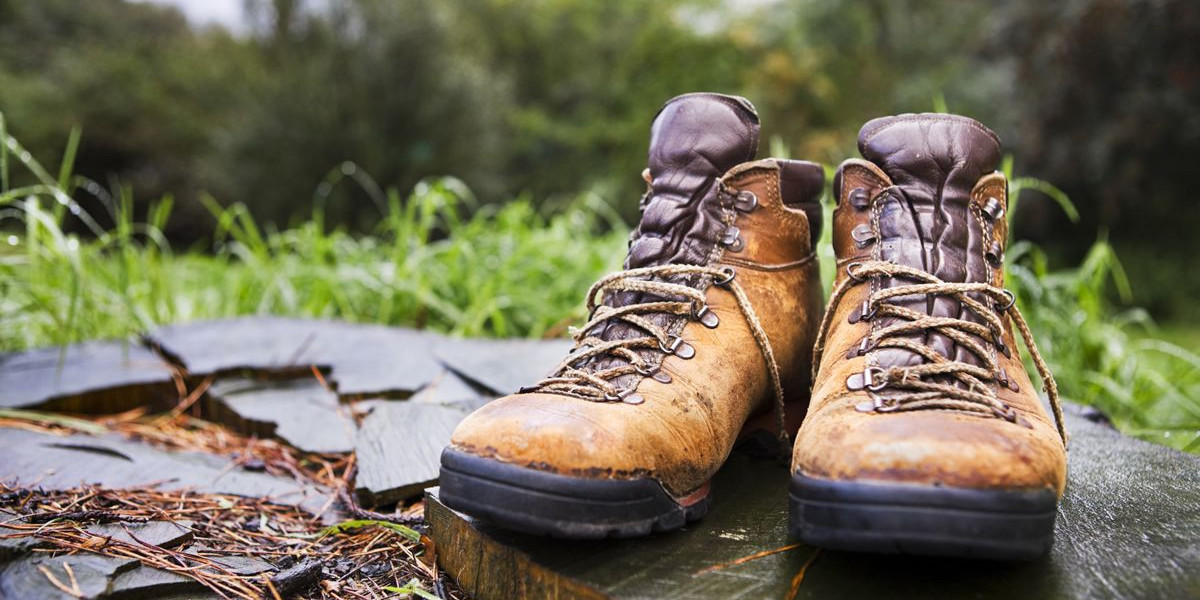Introduction
The North American hiking footwear market has experienced steady growth, driven by increasing outdoor recreational activities, a strong emphasis on sustainability, and technological advancements in footwear design. With the rise of adventure tourism and a growing consumer focus on performance and comfort, hiking footwear sales continue to expand. This article explores key growth factors, emerging trends, and market dynamics shaping the industry in North America.
Key Growth Factors in the North American Hiking Footwear Market
1. Increasing Participation in Outdoor Activities
The rising popularity of hiking and outdoor adventure sports has significantly contributed to the demand for hiking footwear. Factors influencing this trend include:
Health and Wellness Awareness: Consumers are increasingly adopting hiking as a form of exercise and mental wellness.
Government Investments in Outdoor Infrastructure: National parks and hiking trails across the U.S. and Canada have seen increased funding, making hiking more accessible.
Influence of Social Media and Digital Communities: Platforms like Instagram and YouTube showcase scenic hiking destinations, inspiring new outdoor enthusiasts.
2. Sustainability and Eco-Friendly Consumer Preferences
Consumers in North America are becoming more environmentally conscious, prompting hiking footwear brands to adopt sustainable practices. Key developments include:
Use of Recycled and Bio-Based Materials: Companies like Patagonia and Merrell are incorporating eco-friendly materials in their hiking shoes.
Ethical Manufacturing and Supply Chain Transparency: Brands are emphasizing fair labor practices and reducing carbon footprints.
Longevity and Repairability: More consumers prefer durable products that can be repaired rather than frequently replaced.
3. E-Commerce and Direct-to-Consumer (DTC) Sales Growth
Online shopping has played a crucial role in boosting hiking footwear sales in North America. E-commerce trends include:
AI-Driven Personalization: Online retailers use AI to suggest the best hiking footwear based on consumer preferences and past purchases.
Augmented Reality (AR) and Virtual Fitting Tools: Consumers can virtually try on shoes before purchasing, reducing return rates.
Subscription-Based Models and Membership Discounts: Retailers offer exclusive deals to loyal customers, encouraging repeat purchases.
Emerging Market Trends
1. Technological Advancements in Hiking Footwear
Innovation in materials and design has led to more advanced hiking footwear. Key developments include:
Lightweight and Breathable Designs: Modern hiking shoes are becoming lighter while maintaining durability.
Waterproof and Weather-Resistant Technology: Improved materials like Gore-Tex ensure comfort in extreme weather conditions.
Smart Footwear Integration: Some brands are exploring wearable technology, such as GPS-enabled insoles and impact-tracking sensors.
2. Rise of Multi-Functional and Lifestyle-Oriented Hiking Footwear
Many consumers now seek hiking footwear that can transition from outdoor adventures to everyday wear. This has led to:
Hybrid Footwear Designs: Brands are merging hiking technology with casual shoe aesthetics.
Crossover Appeal: Hiking footwear is being marketed not only to hikers but also to urban explorers and travelers.
3. Brand Competition and Product Differentiation
With increasing competition, brands are focusing on differentiation strategies, such as:
Customization and Limited-Edition Releases: Exclusive product drops and customizable features are becoming more common.
Brand Collaborations: Partnerships between hiking brands and fashion labels are creating unique footwear collections.
Enhanced Retail Experiences: In-store experiences, such as trail simulation zones, are helping brands engage consumers.
Future Outlook
The North American hiking footwear market is expected to see sustained growth, driven by:
Expanding Consumer Demographics: More women, children, and older adults are taking up hiking, increasing market demand.
Technological Breakthroughs: The integration of AI and sustainability innovations will continue to shape the market.
Stronger Focus on Direct Sales Channels: Brands will further invest in DTC sales to build customer relationships and maximize profitability.
Conclusion
The hiking footwear market in North America is evolving rapidly, fueled by growing outdoor participation, eco-conscious consumer preferences, and digital transformation in retail. As brands continue to innovate with sustainable materials, smart footwear technologies, and versatile designs, the market is poised for continued expansion. Companies that adapt to these trends and invest in customer-centric strategies will remain at the forefront of this dynamic industry.









